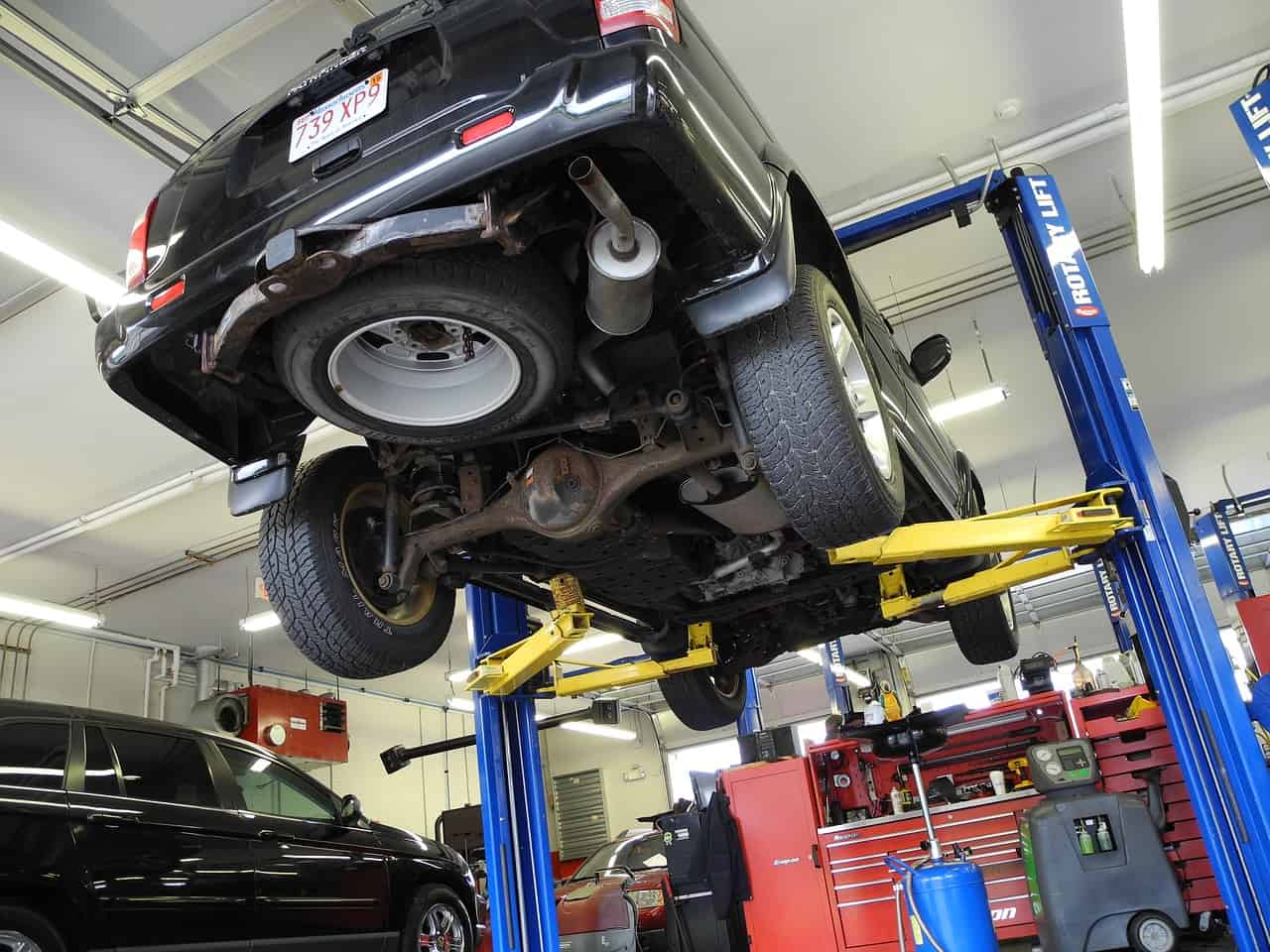When it comes to car parts, and particularly performance car parts, there’s a lot of conversation and debate surrounding the comparisons between OEM and aftermarket options. The following provides an overview of what eachis and how they really compare to one another when they go head-to-head.
What Is An OEM?
OEM stands for Original Equipment Manufacturer. What this means is that you’re getting a car part made by the manufacturer of the engine in their facility. The parts aren’t made by a third-party nor are they from a manufacturer’s subsidiary.
On the other hand, aftermarket parts are parts made by a third-party and that third-party isn’t associated with or affiliated with the original manufacturer of the engine.
Along with the categories of OEM and aftermarket, there’s also a category called “genuine.” Genuine car parts are car parts installed when a vehicle is originally made. These are the most expensive types of car parts since they bear the branding of the car company.
If you are going to get repairs done to a car, you have the option to take it to an independent shop, or to the dealer. A dealer works with OEM parts. Independent car shops will use aftermarket parts.
OEM parts are made exactly like originals, but aftermarket parts have a similar design although it’s not necessarily exactly the same. Sometimes aftermarket parts work better than OEMs, but not always.
Which Option is Best?
Whether you’re a car aficionado, or you need to have simple repairs done,but you don’t know much about the process, there are different situations where OEM vs. aftermarket might be better and vice versa.
If you’re going to be doing auto body repairs, aftermarket parts are likely going to be fine. However, you do need to make sure you’re choosing quality parts. If you use OEM parts for autobody repair, you might like the outcome better because they’ll look exactly the same.
Your insurance company might prefer you go with aftermarket parts, though, since they are cheaper. Another option is going with used parts, which are cheaper than aftermarket but will still maintain the quality of the original.
When it comes to mechanical repairs, you might find that aftermarket is actually better quality thanks to reverse-engineering. A lot of people who love cars believe aftermarket mechanical options are often superior. You can upgrade your car with the use of aftermarket parts if you do your research.
Also, if you’re modifying your car for power or extra features, then you’re likely going to go with aftermarket upgrades that can increase your vehicle’s value.
What Are the Pros of Aftermarket Car Parts?
Some of the pros of aftermarket car parts have already been briefly discussed—for example, they can actually serve as an upgrade. You’re also likely going to pay less for aftermarket parts—sometimes as much as 40% less than you would with OEM parts.
You’ll get a wider selection as well since OEM parts can only come from one manufacturer. Having a lot of different options lets you shop around and compare not only price but also quality.
If you go with aftermarket versus OEM, you’re likely to get your parts more quickly since you won’t have to order them or only purchase through a car maker or certain suppliers.
What Are the Cons of Aftermarket Parts?
As with anything, while there are pros of aftermarket parts, there are possible downsides as well.
For example, the greater selection of aftermarket parts can mean there are a lot of low-quality products out there, and you have to learn how to sift through them. It can also be more of an undertaking to find aftermarket parts that are a good fit for your specific vehicle.
This can mean you need to learn at least a bit about your vehicle and the parts to make a good decision unless you’re working with a shop or a mechanic that you trust to do this for you.
Another con of aftermarket parts compared to OEM is that OEM parts come with warranty protection in almost all instances. With aftermarket parts, you’re not going to get this protection or peace of mind.
Ultimately, there’s not a right or wrong answer as to whether OEM or aftermarket parts are better or worse. It is important to know how they compare, and either have your own knowledge of parts or work with a trusted expert before making a decision.

